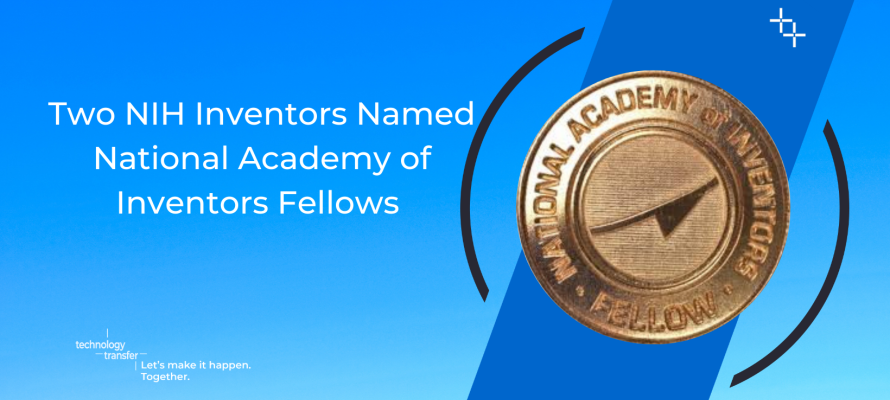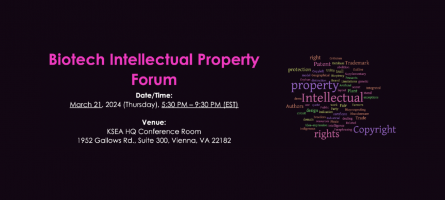News
Two National Institutes of Health (NIH) inventors, Drs. Steven Rosenberg and John O’Shea, have been selected as part of the 2025 National Academy of Inventors (NAI) Fellows. NAI Fellowship is the highest professional distinction awarded solely to inventors. The National Academy of Inventors is a
MedInvest is hosting a Biotech and Pharma Investor Conference April 3-4, 2024 in New York City. NIH’s Steve Ferguson and Michael Salgaller will be speaking. This is a great opportunity to learn about NIH as a premier technology transfer partner, how the process at the NIH works, and a chance to ask
NIH OTT's Steve Ferguson will be speaking at the NIH-KWiSE (Korean-American Women in Science and Engineering, NIH Chapter) Biotech Intellectual Property Forum on March 21, 2024. What is technology transfer/business development and what are the career opportunities in the field? What are the skills
Register to attend a free NCI webinar. Attendees will learn about a new a djuvanted subunit mucosal Covid-19 vaccine. Study results show that this new vaccine prevents SARS-CoV-2 transmission and infection. Most SARS-CoV-2 vaccines focus on delivering immunization through an intramuscular injection




